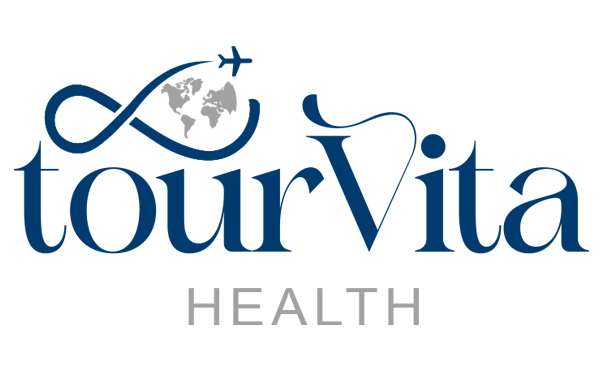
Nose Tip Aesthetics
August 20, 2023
Closed Rhinoplasty
August 20, 2023REVISION RHINOPLASTY
The anatomical structure of the nose has a complex structure and functional health is important as well as aesthetic surgeries. The nose is shaped like a pyramid consisting of a cartilage and bone roof. This structure is divided into two by a bone and cartilage partition called the septum. Narrowing of the nasal passages can lead to breathing difficulties. Mechanical blockages can be caused by curvature of the septum or enlargement of the flesh inside the nose. Dynamic obstructions are caused by the moving parts of the nose. These problems can be congenital or can occur as a result of surgery or trauma.
Undesirable results may occur in a small percentage of rhinoplasty surgeries and this may require revision surgeries. Revision surgeries can correct functional problems as well as aesthetic deformities. However, for revision surgery, it is necessary to wait at least 9 months, preferably one year after the first rhinoplasty surgery.
In rhinoplasty surgeries, it is important that the nose is both aesthetically and functionally healthy. Functionally, the most ideal shape is one in which the nasal root is narrowest and the nasal shape widens slightly towards the tip. During surgery, procedures performed for aesthetic purposes can sometimes cause problems in anatomical regions. For example, narrowing the bone framework or reducing the cartilage framework can lead to unwanted deformities and breathing problems.

HOW IS REVISION RHINOPLASTY PERFORMED?
In rhinoplasty surgeries, removing excessive amounts of cartilage to thin the tip of the nose can lead to weakening of this area and even complete closure of the nostrils. Such deformations are one of the undesirable results that may occur after plastic surgery. Revision rhinoplasty surgery may be required for such cases.
During revision rhinoplasty surgery, it is aimed to return the nose to its former strong structure. Cartilage grafts from behind the ear or from the ribs can be used during this surgery. These grafts can help the nasal tissues to regain their correct position and correct unwanted deformations.
IN WHICH CASES IS REVISION SURGERY NECESSARY?
If the following conditions are present after the first rhinoplasty surgery, revision nose surgery may be required:
Closing of the Nasal Valve or Inadequate Air Intake during Deep Breathing: If breathing problems are experienced after the first surgery because the nasal valve is not working properly, revision surgery may be required.
Arch Problems on the Back of the Nose: If the arch on the back of the nose was not removed sufficiently or excessively in the first surgery, aesthetic problems may occur. In this case, revision surgery may provide improvement.
Nasal Tip Problems: If problems such as drooping, swelling or excessive lifting at the tip of the nose were experienced in the first surgery, these problems can be corrected with revision surgery.
Disproportion and Aesthetic Problems: If aesthetic problems such as disproportion between the nose and the face, insufficient reduction or excessive reduction were experienced in the first surgery, revision nose surgery may be required.
Revision nose surgery is performed to correct the undesirable results of the previous surgery and to achieve a better aesthetic and functional result.
WHAT SHOULD BE CONSIDERED TO AVOID THE NEED FOR REVISION RHINOPLASTY?
No surgeon wants a need for revision after rhinoplasty surgery. For this reason, it is very important for the patient to do a good research and set realistic expectations before rhinoplasty surgery. In addition, the criteria to be considered when researching a surgeon or center can also prevent disappointments later on. For all this:
Choose a surgeon experienced in rhinoplasty.
Make sure that the surgeon gives you enough time for examination and evaluation.
Discuss your pre- and post-operative plans in detail.
Discuss emergency plans for problems that may arise during surgery.
Investigate the revision rate of the surgeon you choose for surgery.
Remember that your nose will take its expected shape on average one year after surgery.
Revision (Secondary) Rhinoplasty
- Operation Time: 2 - 4 Hours
- Permanence of Results: Lifetime
- Hospitalization 1 Day
- Sensitivity Period: 2 Weeks
- Anesthesia General Anesthesia
- Return to Work Period: 10 Days



